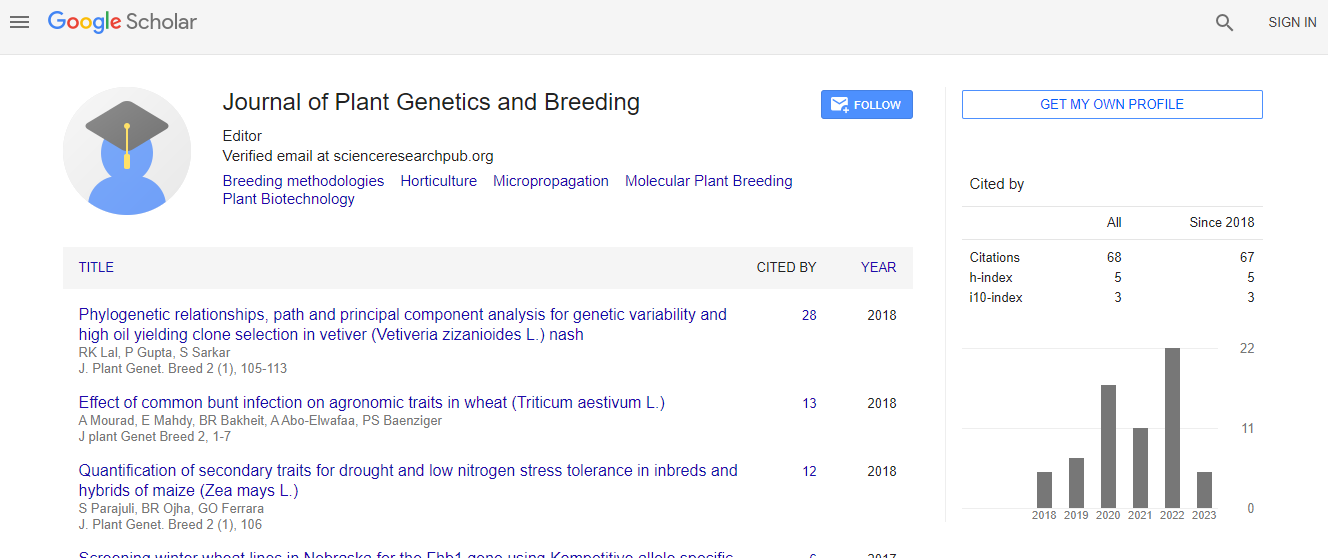Optimization of fermentation conditions for extracellular production of a therapeutic protein drug, uricase, by Aspergillus welwitschiae using response surface methodology
*Corresponding Author:
Copyright: © 2020 . This is an open-access article distributed under the terms of the Creative Commons Attribution License, which permits unrestricted use, distribution, and reproduction in any medium, provided the original author and source are credited.
Abstract
Uricase is commonly used in clinical analysis for determination of urate in blood and other biological fluids. Microbial uricases as protein drug have been found effective in the treatment of hyperuricemia and gout, as well as in prophylaxis and treatment of tumor lysis hyperuricemia. A potential culture, Aspergillus sp. strain 1-4 displayed high extracellular uricase activity. This uricolytic fungal isolate was identified as Aspergillus welwitschiae strain 1-4 on the basis of phenotypic characteristics, together with ITS region sequence analysis. Sequencing product was deposited in the GenBank database under accession number MG323529. The Plackett–Burman experimental design with 20 runs was applied for screening of fifteen variables for their significances on uricase production by Aspergillus welwitschiae. Incubation time was the most significant variable affecting uricase production followed by yeast extract and inoculum size with significant P-values of 0.0002, 0.0083 and 0.0118; respectively. These variables were chosen for optimization studies using central composite design. It was found that, the maximum uricase production (59.01U/mL) by Aspergillus welwitschiae is achieved at the following fermentation conditions g/L: sucrose 30, uric acid 3, peptone 2, yeast extract 2, NaNO3 2, K2HPO4 1, MgSO4.7H2O 0.2, NaCl 0.2 and FeSO4.7H2O 0.03”, incubation time 7 days, temperature 35, pH 6, inoculum size 4 mL/50 mL medium, inoculum age 72 h and medium volume 50 mL/250 mL conical flask. An overall 2.5‒fold increase in uricase production by Aspergillus welwitschia was achieved in the medium after statistical optimization as compared with the unoptimized basal medium (23.58U/mL) before applying Plackett-Burman.

 Spanish
Spanish  Chinese
Chinese  Russian
Russian  German
German  French
French  Japanese
Japanese  Portuguese
Portuguese  Hindi
Hindi 